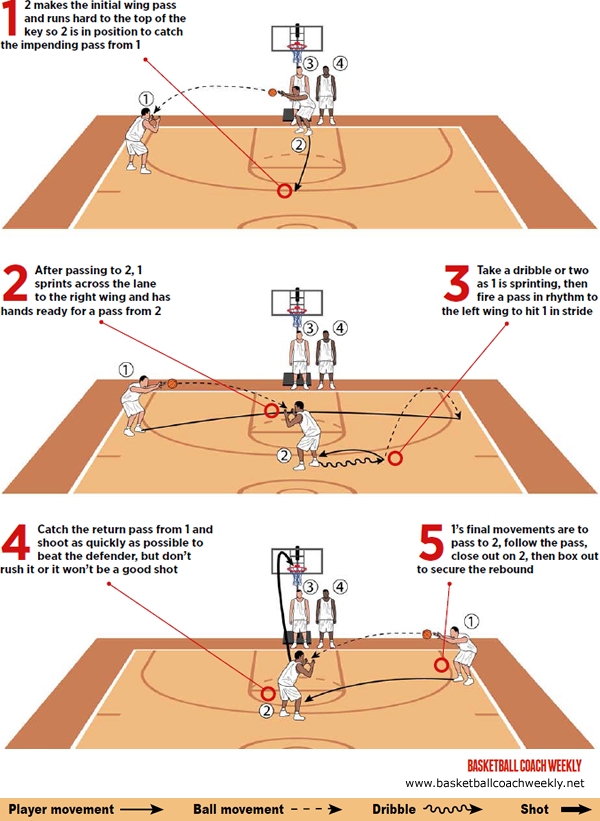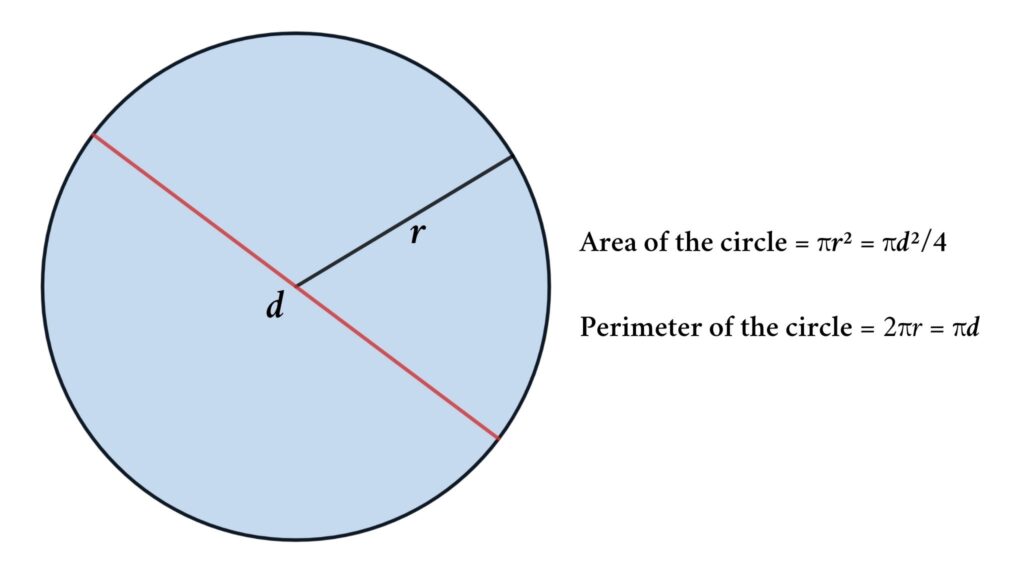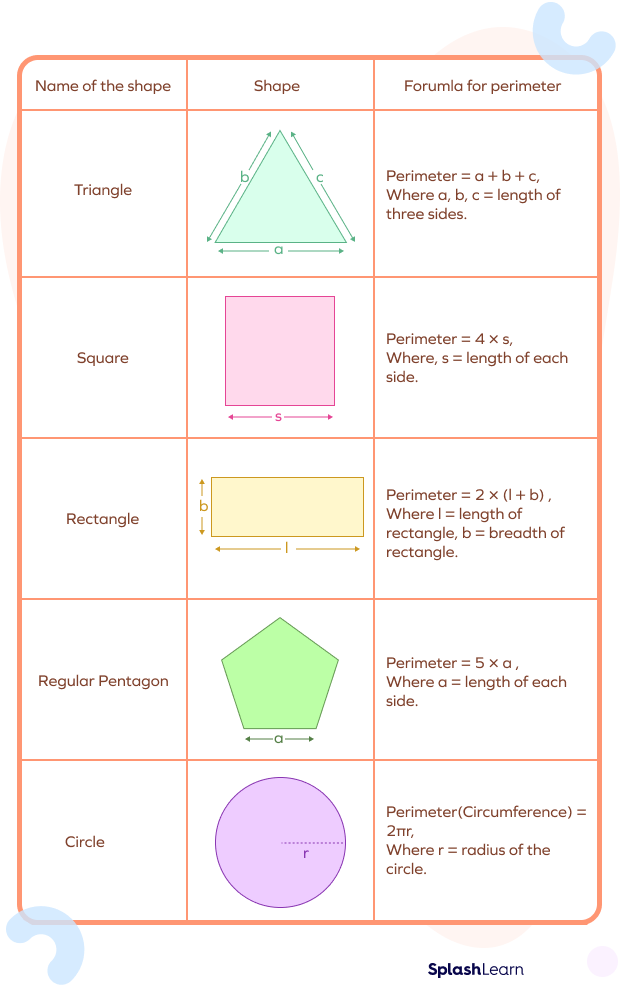Topic perimeter to square feet: Converting perimeter to square feet is a crucial skill for many real-world applications, from construction to interior design. This comprehensive guide will help you understand the formulas and methods needed to accurately perform these calculations, ensuring your projects are both efficient and precise.
Table of Content
Understanding the Relationship Between Perimeter and Square Feet
When dealing with geometric shapes, it's often necessary to convert measurements from perimeter to area (square feet). This guide will help you understand the process for different shapes and provide useful formulas and examples.
Basic Definitions
- Perimeter: The total distance around the edge of a shape.
- Area: The amount of space enclosed within a shape, measured in square units (e.g., square feet).
Formulas for Common Shapes
| Shape | Perimeter Formula | Area Formula |
|---|---|---|
| Square | P = 4a | A = a^2 |
| Rectangle | P = 2(a + b) | A = a * b |
| Circle | P = 2πr | A = πr^2 |
Calculating Area from Perimeter for a Square
To find the area of a square when you know the perimeter:
- Divide the perimeter by 4 to get the length of one side (a).
- Square the length of the side to get the area.
Formula: \( A = \left(\frac{P}{4}\right)^2 \)
Example: If the perimeter of a square is 40 feet, then each side is 10 feet, and the area is \( 10^2 = 100 \) square feet.
Calculating Area from Perimeter for a Rectangle
For rectangles, you need to know the ratio of the sides or one dimension to find the area.
- If the perimeter (P) and the ratio of length (L) to width (W) is known, use the formula \( P = 2L + 2W \).
- Solve for one dimension and then find the area using \( A = L \times W \).
Example: A rectangle has a perimeter of 50 feet and the length is twice the width. Let \( W \) be the width. Then \( L = 2W \), so:
\( 50 = 2(2W) + 2W \)
\( 50 = 6W \)
\( W = \frac{50}{6} \approx 8.33 \) feet
\( L = 2 \times 8.33 = 16.67 \) feet
\( A = 8.33 \times 16.67 \approx 139 \) square feet.
Common Mistakes
- Confusing perimeter and area formulas.
- Not converting units before performing calculations.
- Incorrectly assuming the shapes without verifying dimensions.
Understanding these concepts and formulas can help you accurately convert between perimeter and area, whether for simple tasks or more complex projects.

READ MORE:
Introduction
Understanding how to convert perimeter measurements to square feet is essential for various practical applications, such as real estate, construction, and gardening. This guide provides step-by-step instructions and examples to help you accurately calculate the area from the perimeter of different geometric shapes, ensuring precise and reliable results for your projects.
Basic Concepts and Formulas
Understanding the relationship between perimeter and area is crucial for various applications in geometry. Here, we explore the basic concepts and formulas that link perimeter to square feet.
Perimeter is the total length of the boundary of a two-dimensional shape. For a square, the perimeter is calculated by summing the lengths of all four sides. Since all sides of a square are equal in length, the formula for the perimeter (P) is:
\[ P = 4a \]
where \( a \) is the length of one side of the square.
Area is the measure of the space enclosed within a shape. For a square, the area (A) is found by squaring the length of one side:
\[ A = a^2 \]
When converting perimeter to square feet for a square, the side length can be determined from the perimeter using the formula:
\[ a = \frac{P}{4} \]
Then, the area can be calculated as:
\[ A = \left( \frac{P}{4} \right)^2 \]
For other shapes, such as rectangles, the perimeter is calculated by adding the lengths of all sides. The formula for the perimeter of a rectangle with length \( l \) and width \( w \) is:
\[ P = 2l + 2w \]
The area of a rectangle is given by:
\[ A = l \times w \]
Understanding these basic formulas allows for the conversion from perimeter to area in square feet, facilitating various practical applications such as floor planning, gardening, and construction.
Perimeter to Square Feet Conversion for Squares
Converting the perimeter of a square to its area in square feet is a straightforward process. By understanding the relationship between the perimeter and the side length of a square, you can easily calculate the area. Here's a step-by-step guide:
-
Identify the Perimeter: The perimeter of a square is the total distance around its edges. It is given by the formula \( P = 4s \), where \( s \) is the length of one side.
-
Calculate the Side Length: To find the side length \( s \), divide the perimeter by 4.
For example, if the perimeter \( P \) is 32 feet:
- Divide the perimeter by 4: \( s = \frac{P}{4} = \frac{32 \text{ ft}}{4} = 8 \text{ ft} \)
-
Compute the Area: The area \( A \) of a square is given by squaring the side length: \( A = s^2 \).
Using our side length example:
- Square the side length: \( A = 8 \text{ ft} \times 8 \text{ ft} = 64 \text{ ft}^2 \)
By following these steps, you can easily convert the perimeter of a square to its area in square feet, allowing for accurate planning and estimation in various applications such as construction, landscaping, and interior design.
Perimeter to Square Feet Conversion for Rectangles
Converting perimeter to square feet for rectangles involves understanding the relationship between the perimeter and the area. This conversion is particularly useful in various practical scenarios such as construction, landscaping, and interior design. Below is a detailed, step-by-step explanation of how to perform this conversion.
- Understanding the Perimeter: The perimeter of a rectangle is the total distance around the rectangle. It is calculated by adding together the lengths of all four sides. The formula is:
\[
P = 2L + 2W
\]
where \( P \) is the perimeter, \( L \) is the length, and \( W \) is the width. - Calculating Area: The area of a rectangle is found by multiplying its length by its width. The formula is:
\[
A = L \times W
\]
where \( A \) is the area, \( L \) is the length, and \( W \) is the width. - Deriving Dimensions from Perimeter: To convert perimeter to area, you need to know the relationship between length and width. If you know one dimension, you can solve for the other. For example, given the perimeter \( P \) and length \( L \):
\[
W = \frac{P - 2L}{2}
\] - Step-by-Step Conversion:
- Measure the perimeter of the rectangle.
- If you know the length \( L \), use the formula \( W = \frac{P - 2L}{2} \) to find the width \( W \).
- Once you have both dimensions, calculate the area using \( A = L \times W \).
For instance, if the perimeter of a rectangle is 20 feet and the length is 6 feet, you can find the width by:
\[
W = \frac{20 - 2 \times 6}{2} = 4 \text{ feet}
\]
Then, calculate the area:
\[
A = 6 \times 4 = 24 \text{ square feet}
\]
By following these steps, you can efficiently convert the perimeter of a rectangle into square feet, enabling you to plan and execute various projects with precision.

Perimeter to Square Feet Conversion for Circles
Converting the perimeter of a circle to its area in square feet involves understanding some fundamental geometric principles. This section provides a detailed, step-by-step explanation of the process.
The formula for the perimeter (circumference) \(C\) of a circle is given by:
\[ C = 2 \pi r \]
where \( r \) is the radius of the circle.
To find the area \( A \) of the circle in square feet, we use the formula:
\[ A = \pi r^2 \]
Given the perimeter \(C\), we can solve for the radius \(r\) as follows:
\[ r = \frac{C}{2 \pi} \]
Substituting this value of \(r\) into the area formula, we get:
\[ A = \pi \left( \frac{C}{2 \pi} \right)^2 \]
Simplifying this, we get:
\[ A = \frac{C^2}{4 \pi} \]
Therefore, the area \(A\) in square feet, given the perimeter \(C\) in feet, is:
\[ A = \frac{C^2}{4 \pi} \]
Example Calculation
Let's consider an example where the perimeter of a circle is 31.4 feet. We can calculate the area as follows:
- First, find the radius:
\[ r = \frac{31.4}{2 \pi} \approx 5 \text{ feet} \]
- Then, use the radius to find the area:
\[ A = \pi (5)^2 = 25 \pi \approx 78.5 \text{ square feet} \]
This step-by-step approach ensures accurate conversion from the perimeter to square feet for circular shapes.
Common FAQs
When dealing with the conversion of perimeter to square feet, several frequently asked questions arise. Here are answers to some of the most common inquiries:
- Can you convert perimeter directly to area? No, perimeter and area measure different aspects. Perimeter is the total length around a shape, while area is the space within. However, with additional information like shape and dimensions, you can calculate the area from the perimeter.
- How do you calculate square feet from the perimeter of a rectangle? To calculate square feet from the perimeter of a rectangle, you need one more dimension (length or width). Use the formula for the perimeter \( P = 2(L + W) \) to solve for the unknown dimension, then find the area using \( A = L \times W \).
- Is the formula for converting perimeter to area the same for all shapes? No, the formula varies by shape due to their unique properties. Each shape (square, rectangle, circle) has specific formulas for converting perimeter to area.
- What are the most common mistakes when converting perimeter to square feet? Common mistakes include confusing perimeter with area, inaccurate measurements, and using the wrong formulas. Always ensure measurements are precise and the correct formula is applied.
- What tools can help with perimeter to square feet conversions? Online calculators, mobile apps, and design software can assist with these conversions, ensuring accuracy and efficiency in various projects.
Understanding these FAQs can help clarify the process of converting perimeter to square feet, making it easier to apply these conversions in real-world scenarios.
Additional Resources and Tools
Utilizing online calculators and tools can significantly simplify the process of converting perimeter measurements into square feet, especially for complex shapes or when quick results are needed. Below are some recommended resources and tools:
- Perimeter to Area Calculators: Several online calculators are designed specifically for converting perimeter to area. These tools often support various geometric shapes and can handle input in different units.
- : Offers a comprehensive perimeter calculator for different shapes, including squares, rectangles, and circles.
- : Features a versatile perimeter calculator that covers a wide range of shapes and includes step-by-step solutions.
- : Provides a perimeter to square feet calculator with detailed instructions and examples.
- Geometry and Measurement Resources: Understanding the principles of geometry can be enhanced through educational websites and resources.
- : Offers free courses and exercises on geometry, including lessons on perimeter and area calculations.
- : Provides articles and tutorials on calculating area from perimeter for various shapes.
- Interactive Learning Tools: Visual and interactive tools can aid in better understanding and performing perimeter to area conversions.
- : Features interactive lessons and visual aids to help with learning perimeter and area concepts.
- : An interactive geometry tool that allows users to experiment with shapes and their properties, including perimeter and area.
By leveraging these resources and tools, you can make the process of converting perimeter to square feet more intuitive and efficient, ensuring accurate results for your projects and applications.
Cách Tìm Diện Tích và Chu Vi Hình Vuông
READ MORE:
Học cách tính chu vi của một hình vuông trong bài giảng Toán học với Thầy J.
Làm thế nào để Tìm Chu vi của Một Hình Vuông | Toán học cùng Thầy J













